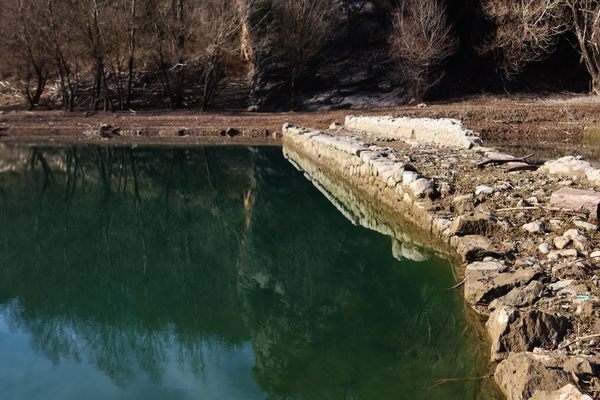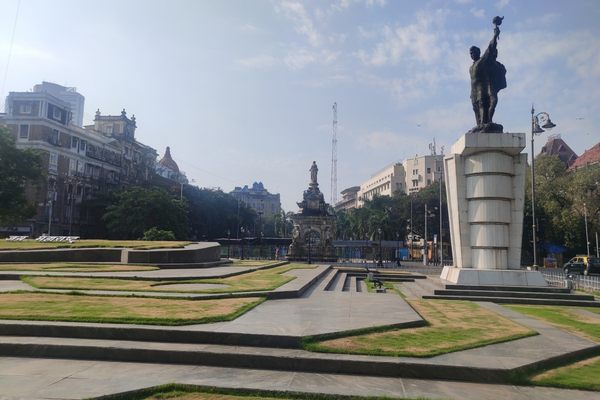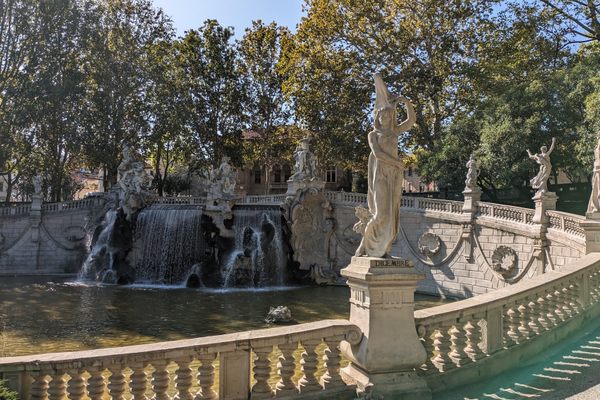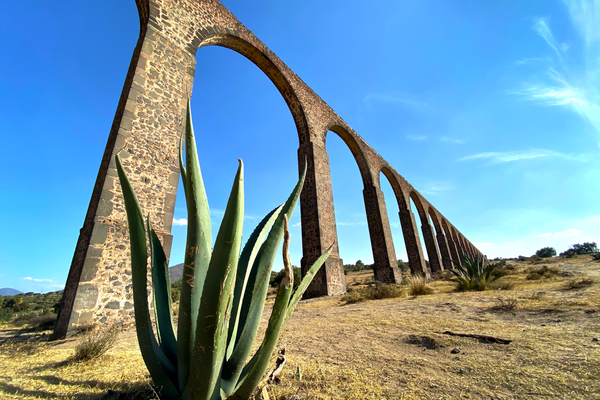About
Nafplio is a seaside town in the Peloponnese in southern Greece. It sits at the head of the Argolic Gulf and expands up into the nearby hills, which makes it one of the most strategic locations in the area both commercially and militarily. The town has been inhabited since ancient times, with mythological references being made to warriors from the area participating in the Trojan War.
The area thrived until the seventh century B.C., when the nearby city of Argos became more influential and Nafplio became little more than the commercial seaport for Argos. The city was mostly abandoned by the third century B.C. and was little more than a village until the ninth century A.D. From that point forward it began to grow and thrive again, eventually becoming a prosperous autonomous state by the 12th century. In 1212, French Crusaders conquered Nafplio and controlled it until they sold it to the Republic of Venice in 1388. The Venetians held the city until 1540 when it was conquered by the Ottomans under Sultan Sulemain during the Third Ottoman-Venetian War.
Suleiman instituted major infrastructure projects during his reign, and took a personal interest in the architecture. One of the more important projects was a system of water fountains throughout the maze of narrow streets in the central part of the city. Most fountains were highly decorated and many had Arabic inscriptions either on the fountains themselves or on plaques nearby.
In 1685, the Republic of Venice re-captured the city during the Morea War but only held it until 1715 when the Ottomans re-captured it. The Ottomans held the city until 1822 when Greek General Staikos Staikopoulos captured the Fortress of Palamidi and shortly thereafter the rest of the area during the Greek War of Independence. In 1829 Nafplio became the provisional seat of government, and remained so until King Otto moved the capital to Athens in 1834. It is now the capital of the regional unit of Argolis.
Despite the changes to the city since Ottoman occupation many of the public fountains remain in the older parts of town scattered among the maze of narrow paths and streets, some still dripping small amounts of water.
Related Tags
Know Before You Go
If you wish to prove your toughness by pretending to be a Sultan drinking water from an Ottoman era fountain it is recommended you consider the potential health consequences. Even if locals are witnessed drinking from the fountains the water may be suspect (as may be the actions of the locals trying to fool you into thinking it is safe to drink it). If you choose to drink anyway you may wish to note where the 24-hour Pharmacies are located while walking around town - chances are that information may be helpful at some point!.
Community Contributors
Added By
Published
April 21, 2021

















































